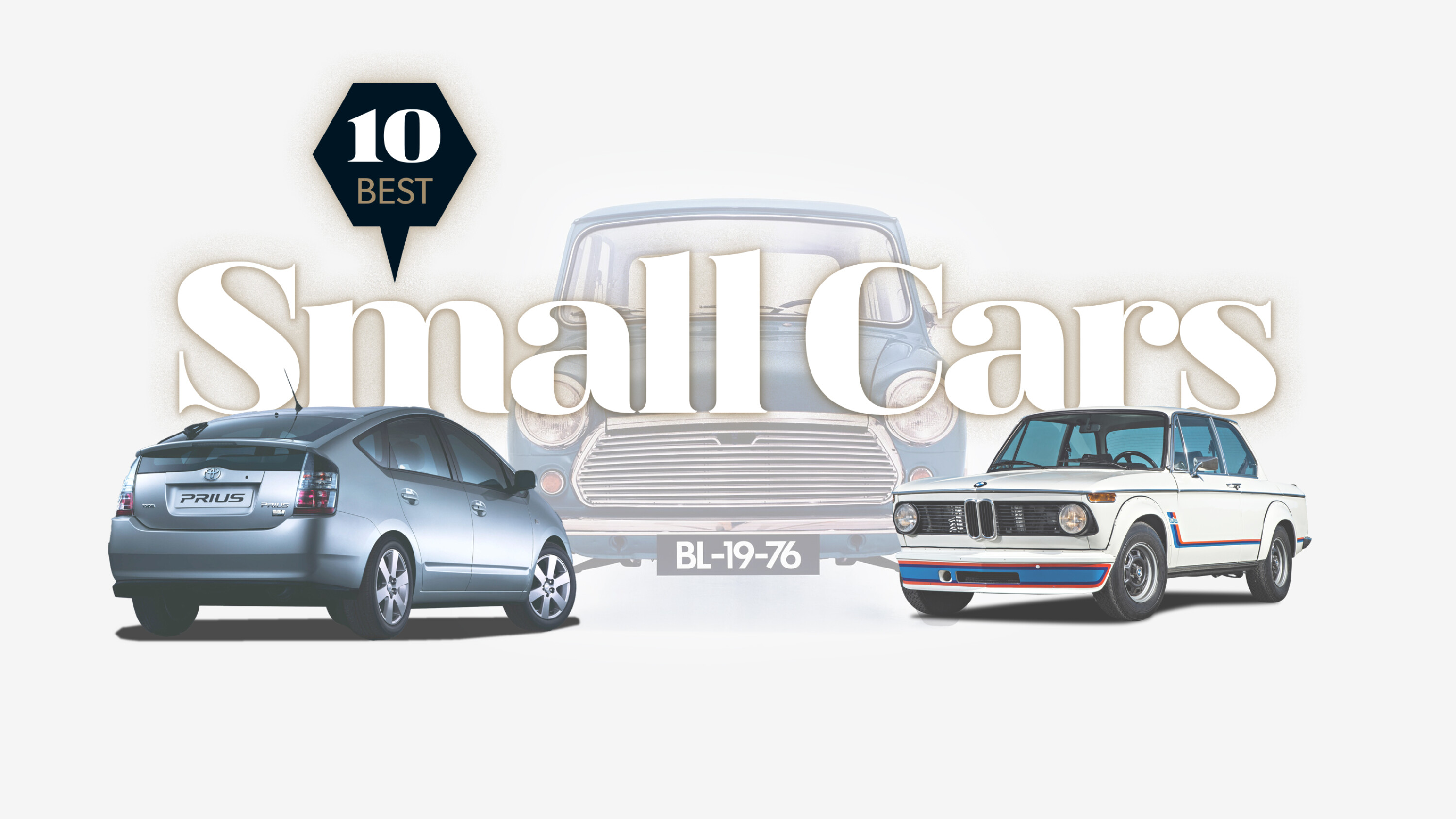In celebration of Wheels magazine’s 70th birthday, we’re running through the 70 greatest cars of all time – defined not by sales or talent alone, but simply as our writers past and present see it.
To follow the series, hit our Greatest Cars Ever main story here.
They might have fallen to lower preference behind SUVs and utes of late, but small cars were once the segment to win.

BMC Mini
WE LOVE
- Issigonis’ even more space-efficient but hideous-looking 1979 9X never made production
NOT SO MUCH
- The 1966 Monte Carlo rally steal by the French still rankles
Genius is a word that has lost much of its impact. Yet it’s the only way to describe how Sir Alec Issigonis packaged the original BMC Mini.
The design brief, decreed by chairman Leonard Lord on the back of a fuel crisis caused by the 1956 Suez debacle, called for a vehicle that would fit into a 3.0m x 1.2m x 1.2m box.
Issigonis realised that packaging the vehicle would dictate virtually all of the design decisions, so mounted the tiny A-Series engine transversely, driving the front wheels. Progressive rate rubber cones helped keep the suspension compact, while interior space was maximised by narrow profile woven webbing seats and exterior-mounted door hinges.
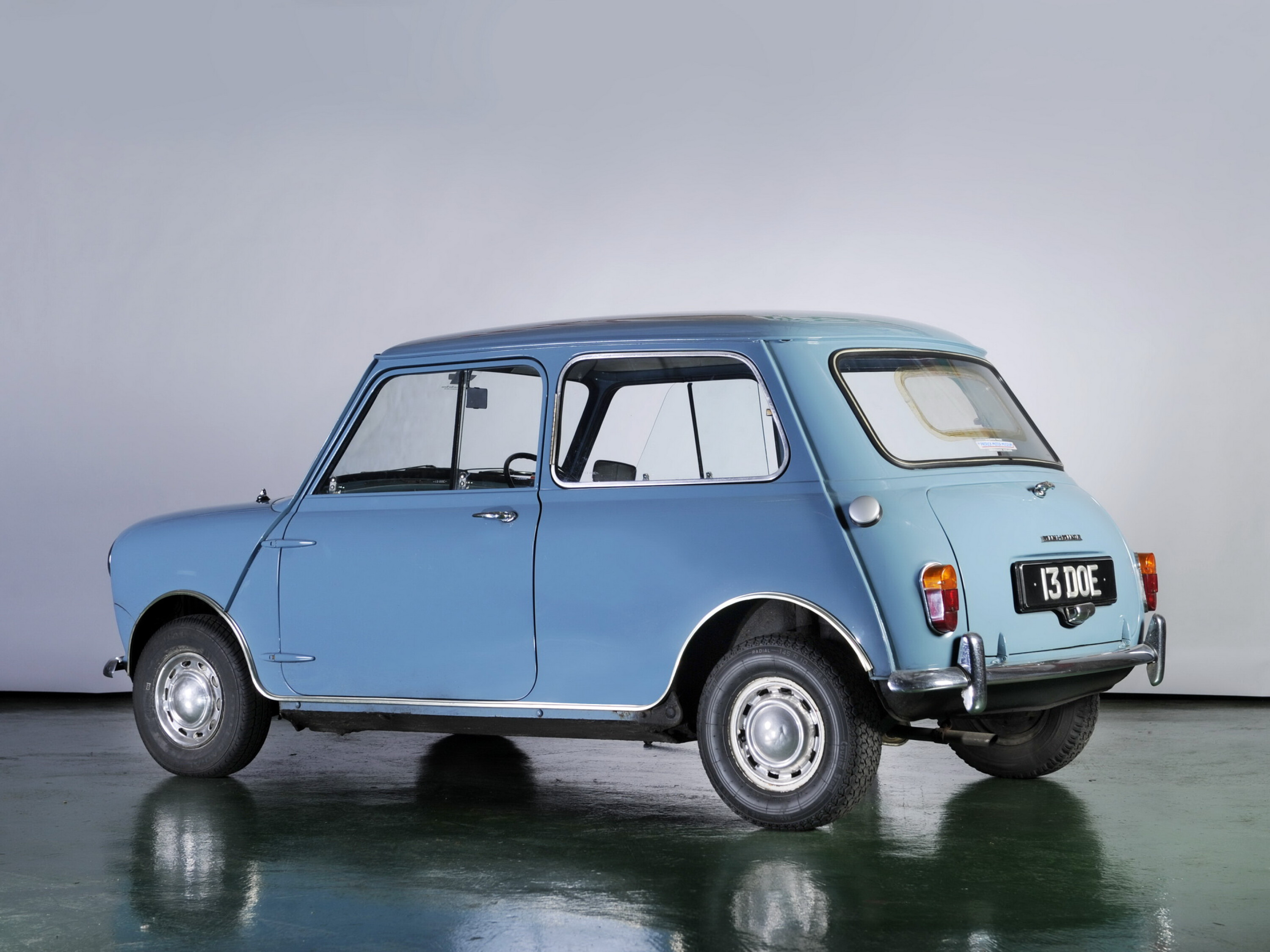
Never before had 80 percent of a compact car’s floorpan been available for passengers and luggage.
Issigonis ensured that the wheels of project ADO15 were tweaked to the very corners and was disappointed when Dunlop refused to supply eight-inch tyres, eventually compromising on 10-inch wheels.
In order to keep weight and cost down, sliding windows were used, which allowed a single-skin doors to be fitted, improving cabin width. This required a bracing bar across the door, which was subsequently adapted into a lightweight storage bin.
Stories of the Mini’s competition success are legion, but perhaps the most unlikely result was scoring the top 9 places at the 1966 Gallaher 500 at Bathurst. Rauno Aaltonen took the chequered flag followed by eight more Cooper S, a Chrysler VC Valiant V8 rounding out the top ten.
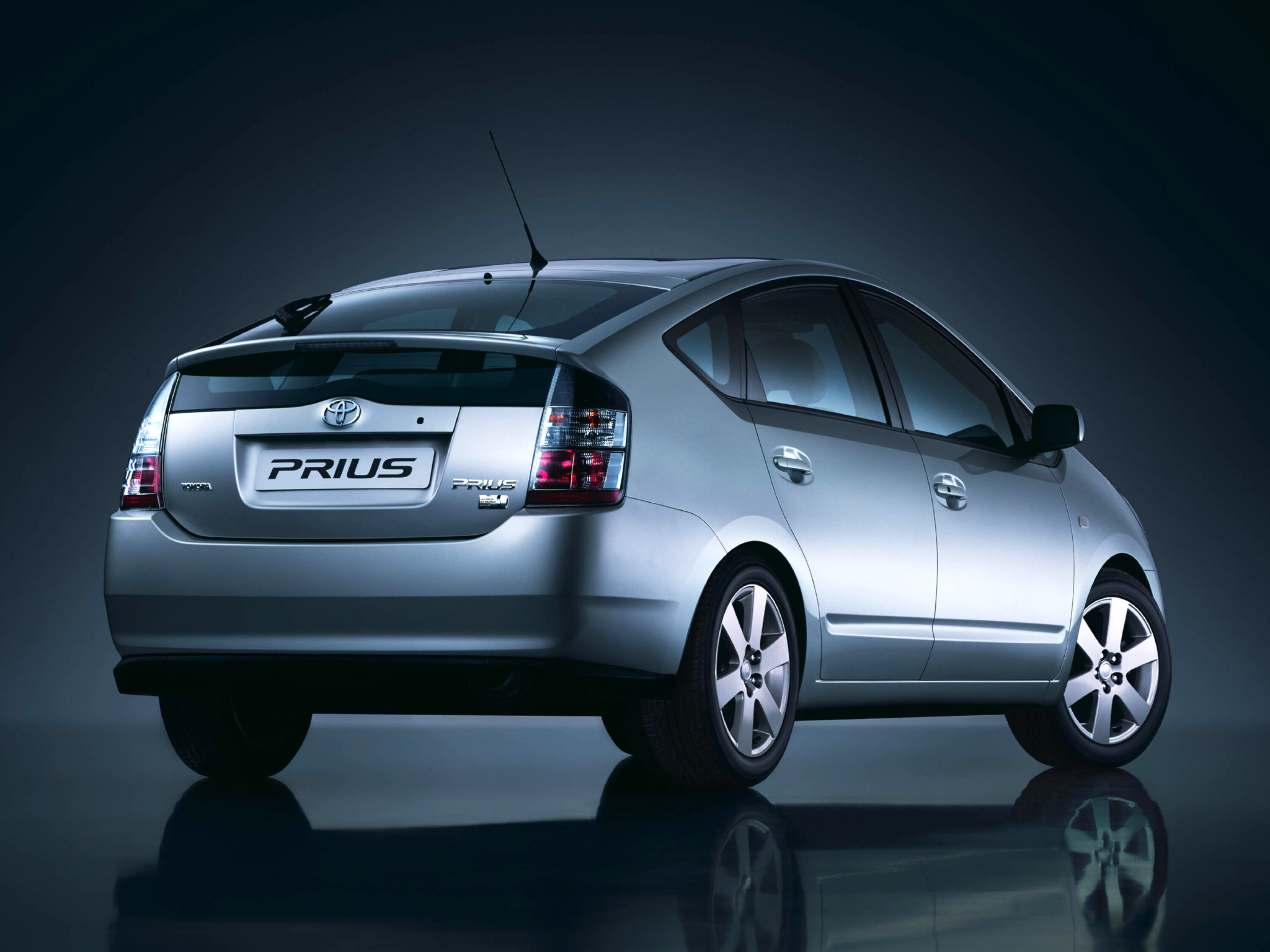
Toyota Prius (2nd gen)
WE LOVE
- Prius went from strength to strength: only 1.5 percent of all Priuses built are Mk1s
NOT SO MUCH
- Maybe a blessing because Toyota lost money on every single one
Demonised by many petrolheads for its perceived virtue-signalling sanctimony, the Prius brought the benefits of hybrid drive to thousands who might otherwise have chosen a diesel.
Far from being a fragile and temperamental technology, Toyota Hybrid Drive powered many Prius cabs to million kilometre-plus odo readings.

Mk7 VW Golf
WE LOVE
- There wasn’t one dud version. Golf 7/7.5 was all killer, no filler
NOT SO MUCH
- Some DSG reliability niggles but beyond that, you tell us
One of the characteristics of Wheels Car of the Year is that it only allows cars launched the previous year to enter.
Had that not been the case, the 2013 COTY award – along with the next three – might well have been claimed by the Golf Mk 7.
It was that good. Both it and the facelift 7.5 version launched in 2016 have come to be seen by many as a high water mark for the iconic nameplate.

Type 1 VW Beetle
WE LOVE
- Jerry Seinfeld, Hugh Jackman, Heidi Klum and Jay Leno are famous Beetle owners
NOT SO MUCH
- And there’s Ted Bundy on the other side of the ledger
“The Love Bug” aired some 23 years after World War II so, to the Yanks it was a fresher memory of that than we have of 9/11.
The Beetle’s image rehabilitation came swiftly, having been first imported to the US in 1949, becoming a counterculture icon in the 60s. Aussie-built Beetles spawned the supremely eccentric Country Buggy.
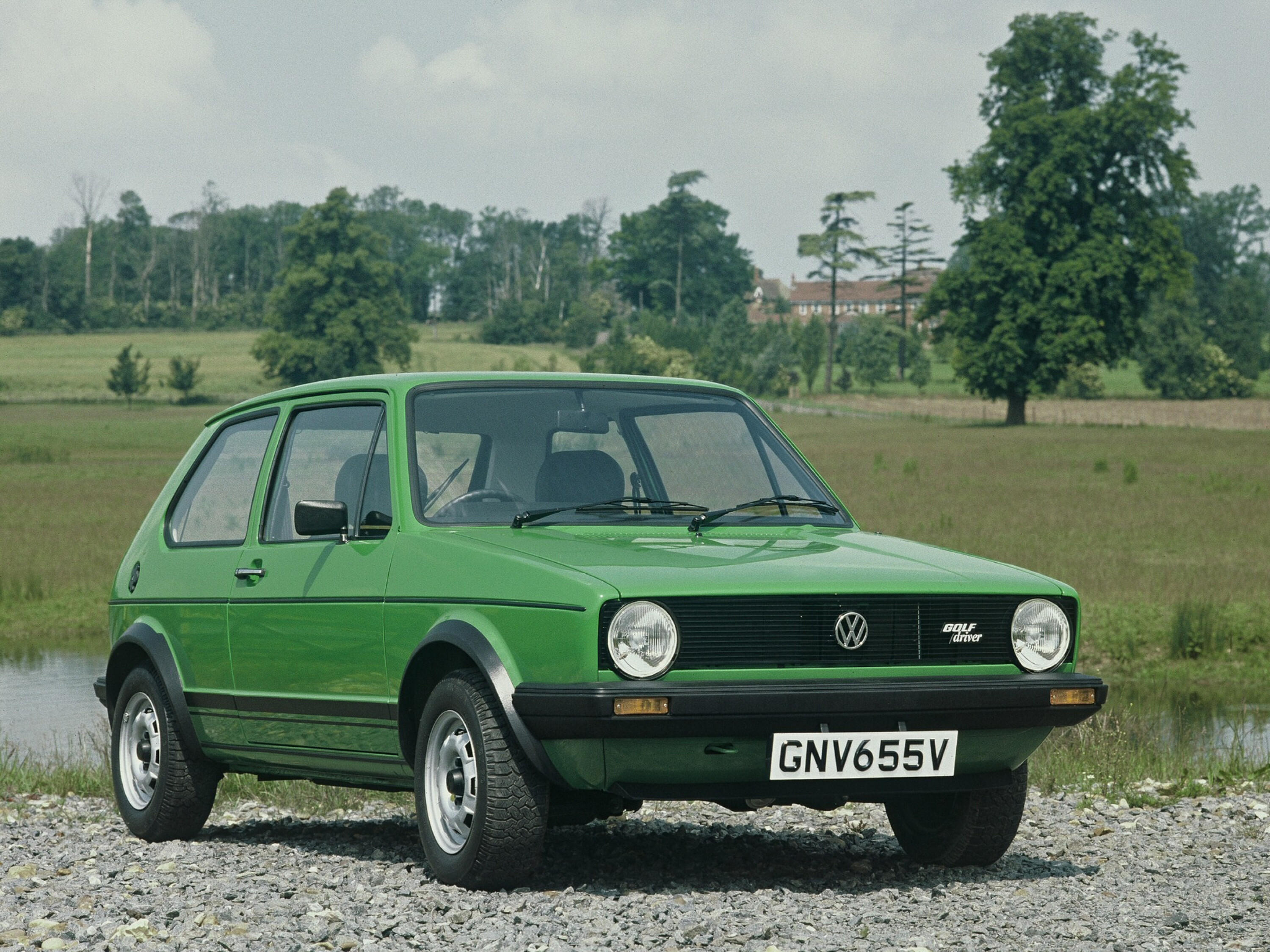
Mk1 VW Golf
WE LOVE
- VW was down to its last $3m in 1974. The Golf rescued it
NOT SO MUCH
- Its 1976 COTY rivals were ghastly but don’t let that detract from the Golf’s achievement
From the mid-1970s to the current era, one car has defined Volkswagen more than any other – the Golf.
The original was described by designer Giorgetto Giugiaro as “the most important car of my career.” He has a point. It sold 6.8 million units and transformed VW’s image from a business rooted in the past to one that was unashamedly modernist.

Datsun 1600
WE LOVE
- It was still winning the Australian Rally Championship in 1983
NOT SO MUCH
- We never got the pert 510 Coupe version
The much-loved Datto might have been a rather shameless crib of the fundamentals of the 1966 BMW 02 series and its L16 engine drew inspiration from the Mercedes-Benz M180 unit, but while it may not have scored for originality, it aced functionality.
Fun to drive, tough as a two-dollar steak and great value considering buyers got 71.5kW, front disc brakes and independent rear suspension.
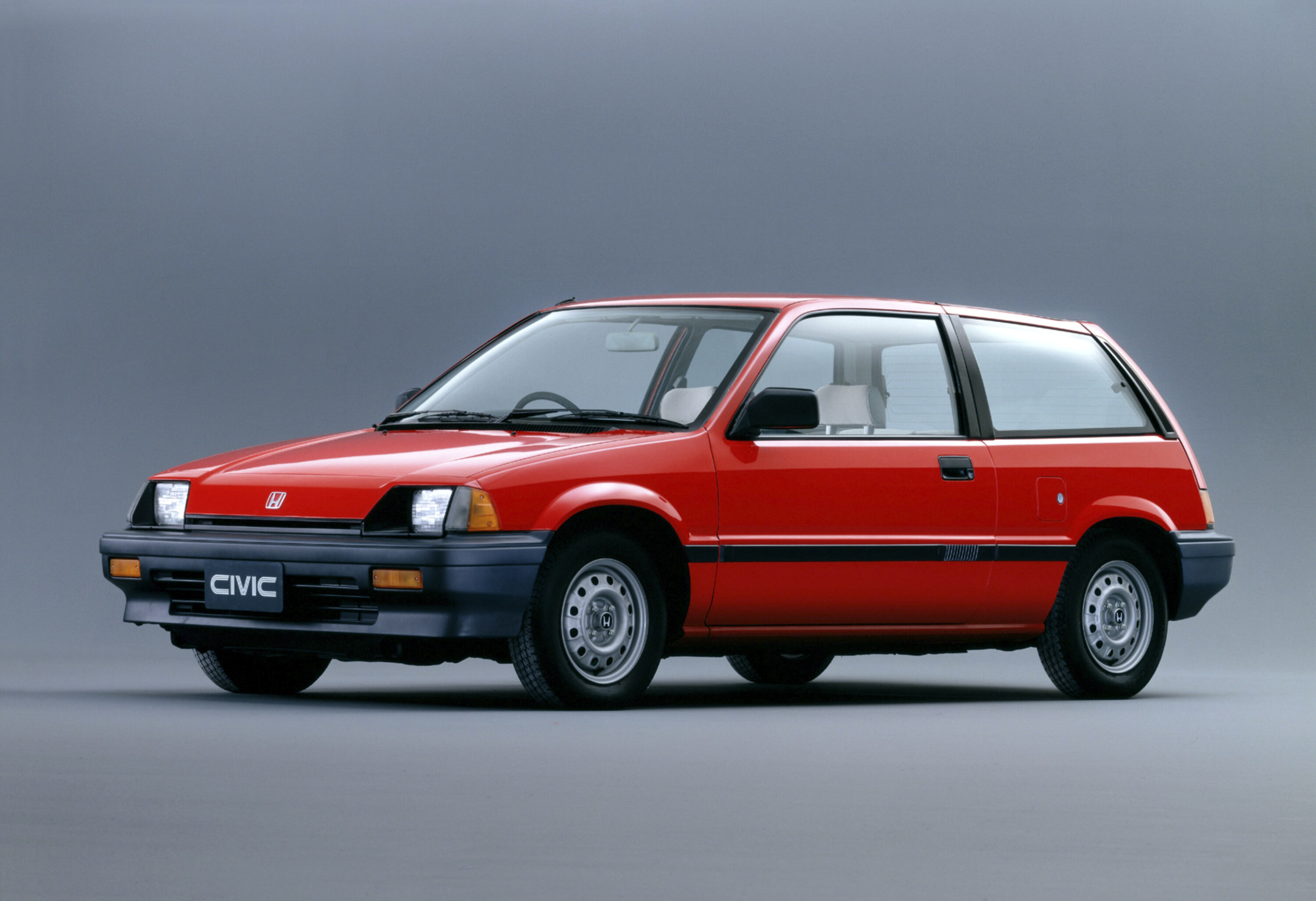
Honda Civic (1st, 3rd, 4th, 10th gens)
WE LOVE
- Because you never know if it’ll be dynamite or a dud, a new Civic is always an event
NOT SO MUCH
- Australia’s biggest sales year for Civics was way back in 2007 with 16,750 4th gens sold
Honda has a weird sort of corporate amnesia when it comes to Civics.
Rather than extending a succession of incremental improvements, it often seems to forget everything it knew to start a new generation.
So Civics 1, 3, 4 and 10 were lovely, 11 shows promise, 6, 8 and 9 were best avoided and 2, 5, and 7 were solid if unspectacular. To mangle Meatloaf, eight out of eleven ain’t bad.
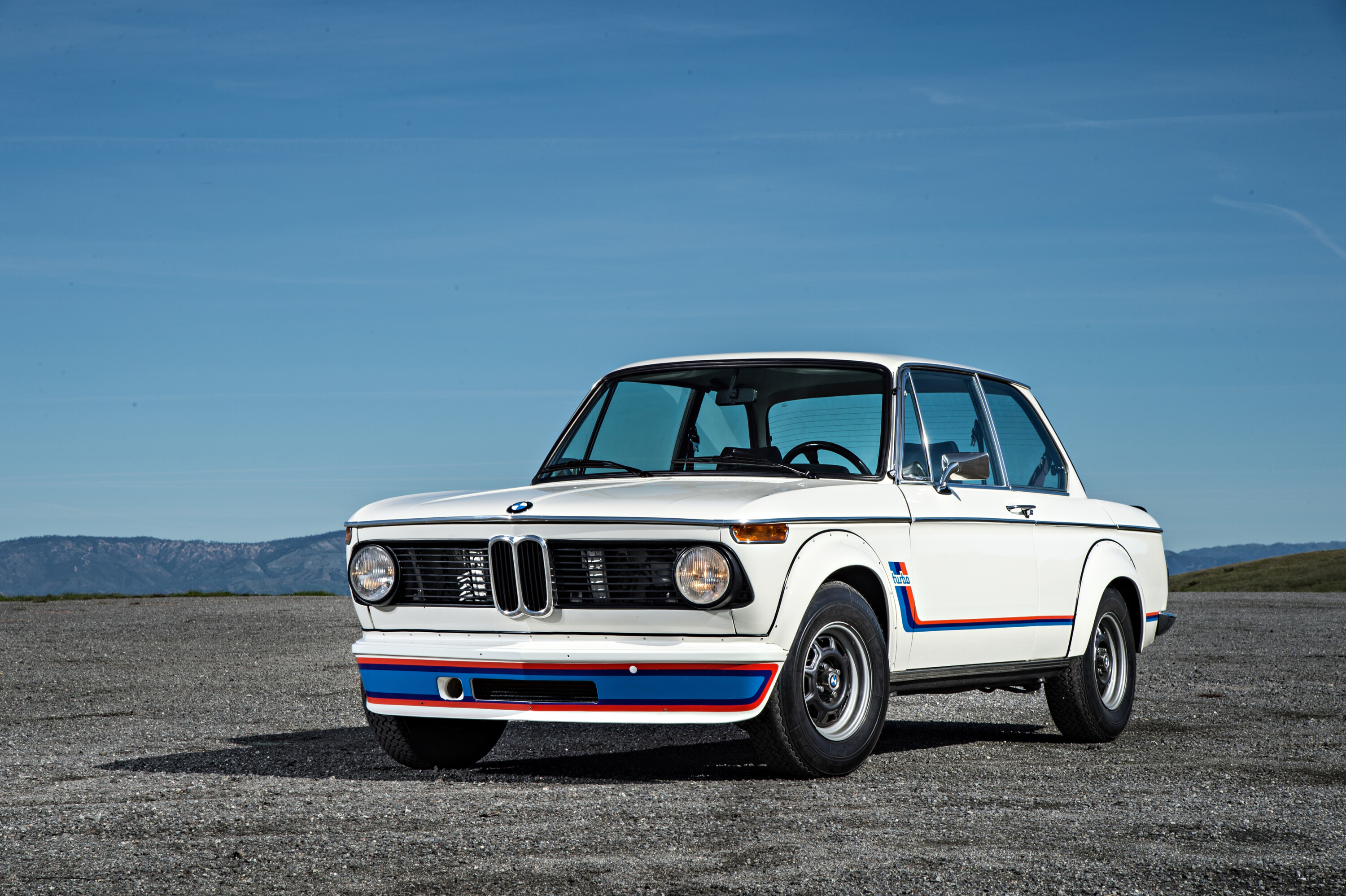
BMW 1602/2002
WE LOVE
- 2002 Turbo of 1973 was BMW’s first production turbocharged car
NOT SO MUCH
- The 1602 appeared as an EV for the ’72 Olympics, but the 12 lead acid batteries weighed 350kg and only powered the car for 30km
The 2002 came about after two senior BMW employees realised they had independently installed two-litre engines in their 1600-2s.
Lighter and shorter than the Neue Klasse upon which it was based, the 02 Series was first shown at the 1966 Geneva Show and established the sporting template for crisp-handling rear-drive sedans that would spawn the 3 Series. The 2002 came about after two senior BMW employees realised they had independently installed two-litre engines in their 1600-2s.
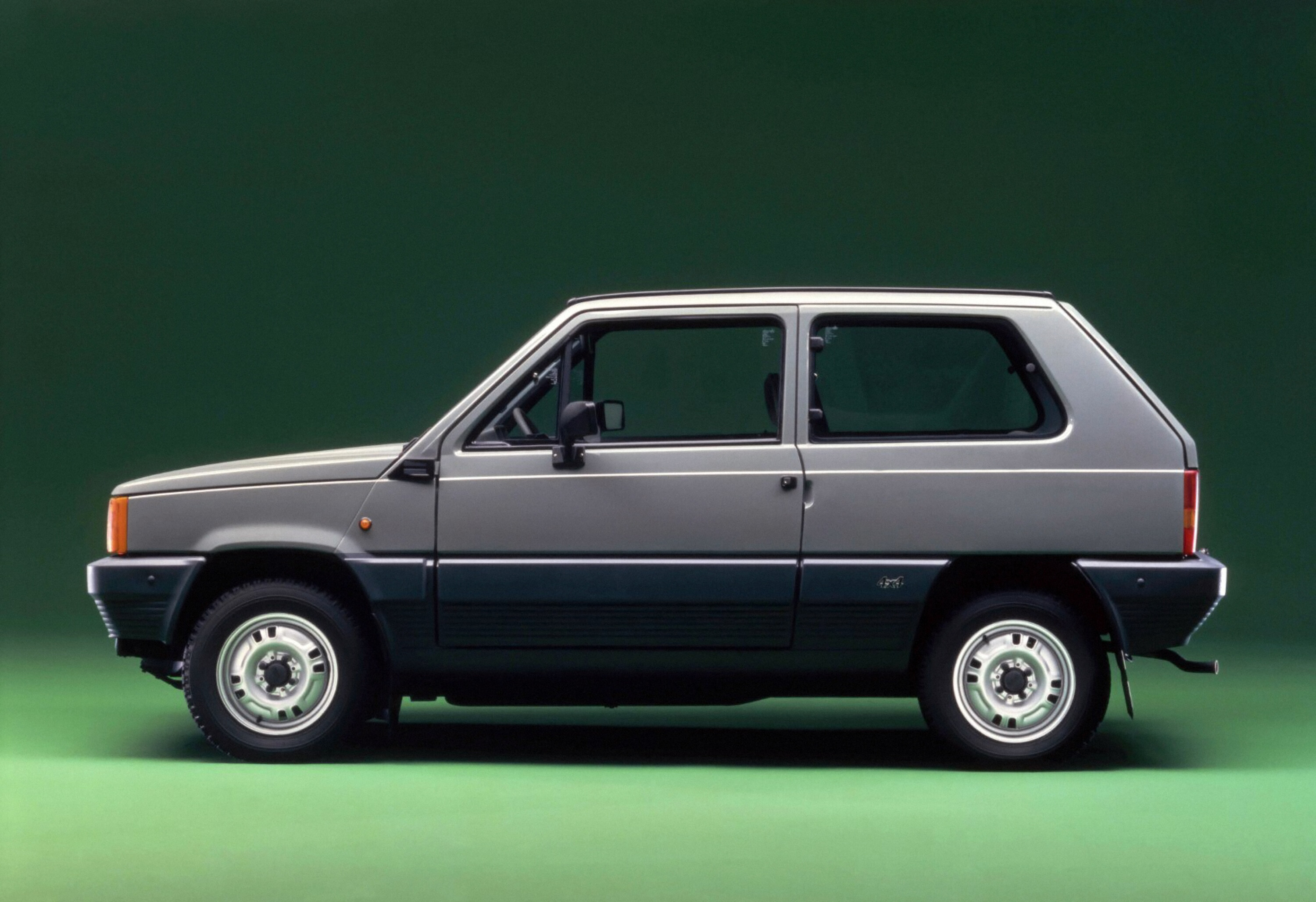
Fiat Panda (original)
WE LOVE
- Austrian company Steyr-Puch supplied the entire Panda 4×4 drivetrain
NOT SO MUCH
- Fiat had to pay off the World Wildlife Fund to use the Panda nameplate
Fiat insisted the Panda should cost no more than a Fiat 126 and designer Giorgetto Giugiaro deemed that it must be able to carry two 50-litre demijohns of wine in the boot.
A car apparently designed for cash-strapped alcoholics nevertheless became one of the 20th century’s most iconic pieces of industrial design.
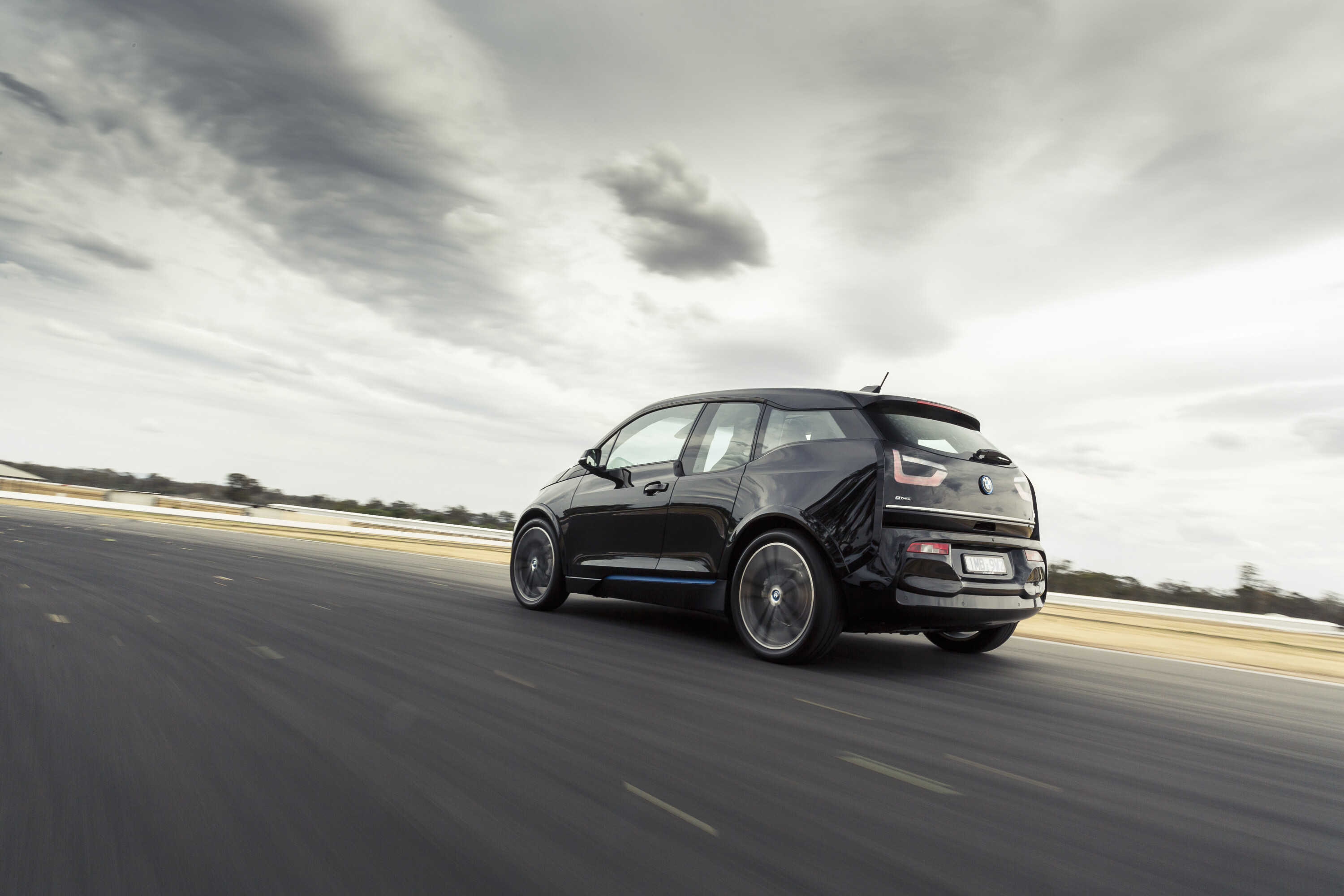
BMW i3
WE LOVE
- It won BMW their first Wheels COTY for 2014
NOT SO MUCH
- But infamously ran out of juice halfway round the judging loop
Were it launched today, BMW’s i3 would still appear fresh and bold.
That it’s a decade old only underscores BMW’s achievement in building an EV that was light, great to drive and fantastic just to be inside. The Range Extender version seems like the best of both worlds, but if you’re going i3, avoid the problematic pocket-ICE and go all-in with the sweeter BEV.

